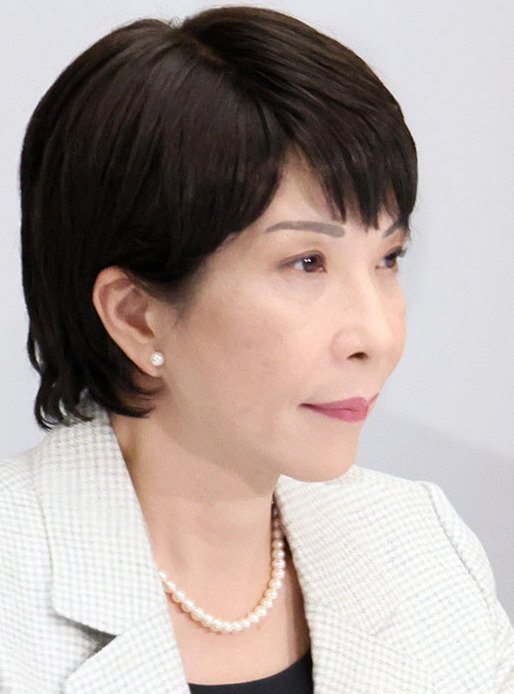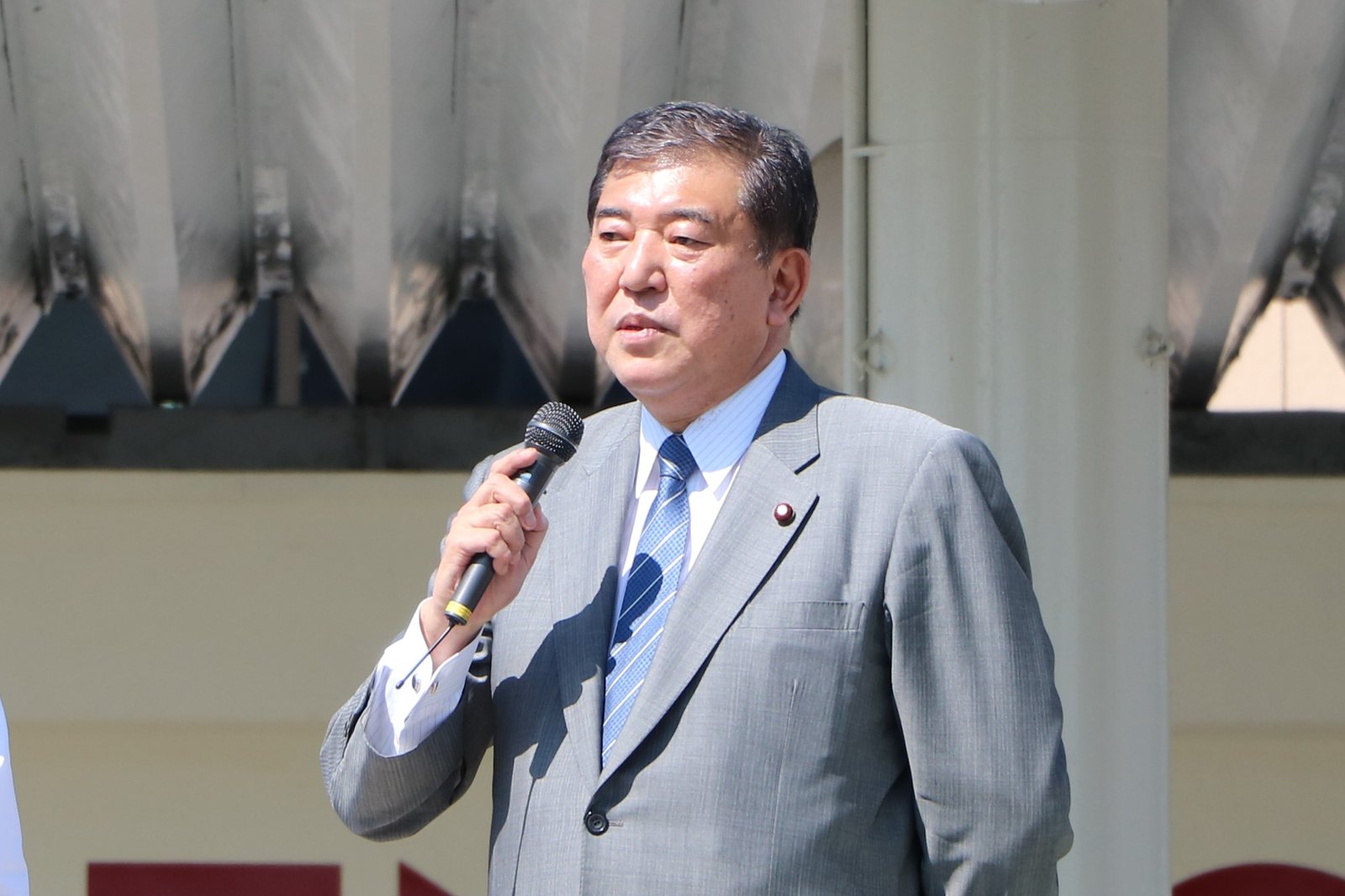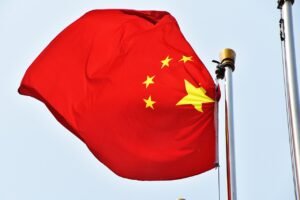Japan’s Leadership Vote: A Historic Shift Looms
- Japan’s ruling Liberal Democratic Party (LDP) is set for a historic leadership vote with nine candidates in the race.
- Frontrunners include Shigeru Ishiba, Shinjiro Koizumi, and Sanae Takaichi, who could become Japan’s first female prime minister.
- The new leader will face challenges including regional security threats and revitalizing the economy.
- The outcome of this election could mark a significant shift in Japan’s political landscape.
Japan stands on the precipice of a historic shift in leadership. The ruling Liberal Democratic Party (LDP) is set to hold a leadership vote on Friday, an event that has been described as the most unpredictable in many years. The LDP, a conservative party that holds a parliamentary majority, has seen a record nine candidates enter the race. This follows the disbanding of the party’s long-powerful factions earlier this year due to a funding scandal. The winner of this leadership vote is certain to become the prime minister and is expected to call a snap election to solidify their mandate.
Among the nine candidates, three frontrunners have emerged: former Defense Minister Shigeru Ishiba, 43-year-old Shinjiro Koizumi, and nationalist hardliner Sanae Takaichi. If elected, Takaichi would become the first woman to hold the position of prime minister in Japan. The new leader will face a multitude of challenges, both domestically and internationally. On the international front, the leader will need to address regional security threats posed by an increasingly assertive China, its deepening defense ties with Russia, and North Korea’s banned missile tests.
Domestically, the leader will be tasked with revitalizing the economy as the central bank moves away from decades of monetary easing that has depreciated the value of the yen. The candidates have expressed their readiness to handle these challenges. Jeffrey J. Hall, a lecturer at Kanda University of International Studies, noted that many candidates have claimed that they are the ones who can handle Trump or stand up to China. However, there are significant differences in their approach to these issues.
Frontrunners and Their Prospects
Shigeru Ishiba, 67, has come close to the top job before, including in 2012 when he lost to Shinzo Abe, Japan’s longest-serving leader who was later assassinated. Ishiba, a military model-maker with a fondness for 1970s pop idols, once alienated party veterans with his outspoken criticism of LDP policies under Abe. However, with public discontent with the LDP rising, the tide is in favor of Ishiba and his ‘fair and square’ attitude, according to Yu Uchiyama, a political science professor at the University of Tokyo.
Sanae Takaichi, 63, is the most conservative of the top three candidates and not the candidate that feminists would want, according to Hall. She is opposed to changing the law to allow separate surnames for married couples and regularly visits Tokyo’s Yasukuni Shrine, a flashpoint in relations with South Korea and China. However, Naofumi Fujimura, a professor at the Graduate School of Law at Kobe University, suggested that while she currently needs the support of the LDP’s right-wingers, she could perhaps be more centrist or pragmatic as prime minister.
Shinjiro Koizumi, the youngest of the frontrunners, would be Japan’s youngest-ever prime minister if elected. However, critics, including his own father, former Prime Minister Junichiro Koizumi, say he is too inexperienced to lead the country. Despite this, Koizumi, a keen surfer, best personifies the idea of rejuvenation and change for the LDP among the frontrunners, according to Uchiyama.
The Road Ahead and Historical Significance
The other six candidates include reformist Taro Kono, 61, and Toshimitsu Motegi, dubbed the Trump whisperer for his handling of the former U.S. president in tough trade talks. Also running are chief cabinet secretary Yoshimasa Hayashi and Takayuki Kobayashi, the only other candidate under 50, seen as a wild card by some experts.
The LDP has governed Japan almost uninterrupted for decades, with the main opposition parties rarely seen as viable alternatives. During his term, Kishida has taken steps to double Japan’s defense spending, opening the door for military exports as the LDP seeks to revise Japan’s pacifist postwar constitution. He welcomed Ukrainian President Volodymyr Zelenskyy to a G7 summit in Hiroshima last year and has strengthened Japan’s often testy ties with its neighbor South Korea. However, his rule was also tarnished by scandals, voter anger over rising prices, and sliding poll ratings.
This leadership vote is significant in the context of the Liberal Democratic Party’s history. With the factions dissolved, it’s unlikely that any one candidate will win enough votes to win outright, making a runoff between the top two candidates the most likely scenario. The winner will be announced on Friday afternoon and will be formally elected by the Diet on October 1.
The new prime minister may focus on economic rejuvenation, handling security threats from China and North Korea, and possibly adjusting defense policies, including increased spending and potentially more assertive diplomacy. Their approach will depend on their political stance, with candidates offering varying visions for Japan’s future.
As Japan prepares for this historic leadership vote, the world watches with bated breath. The outcome of this election could mark a significant shift in Japan’s political landscape, potentially ushering in a new era of leadership. The unpredictability of the outcome, the high number of candidates, and the potential for a historic first female or youngest-ever prime minister make this a significant event in Japan’s political history.














Post Comment